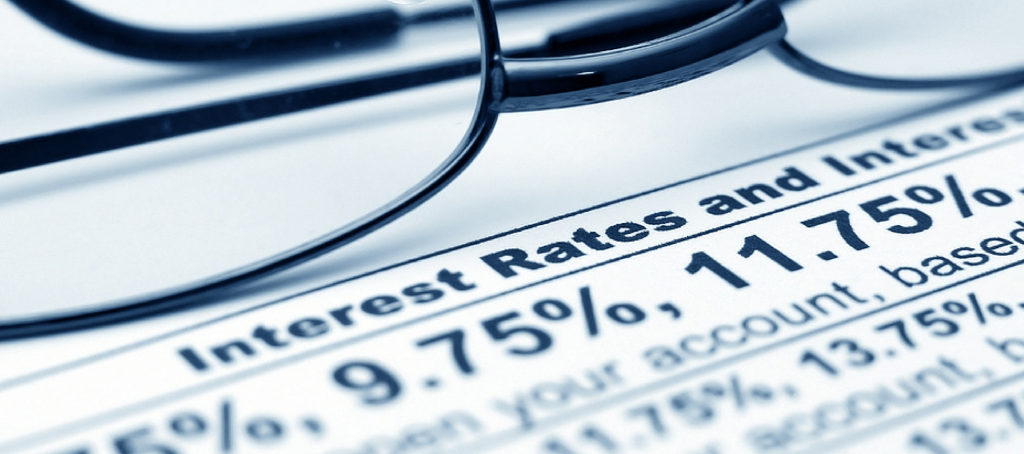CDJPA Research Note #2
By John Hansen (CPA Advisory Board) and Jeff Ferry (Research Director)
The aim of the Competitive Dollar for Jobs and Prosperity Act is to make the dollar exchange rate competitive by discouraging foreign investment in dollar-denominated financial assets. The CDJPA does this by establishing a Market Access Charge or MAC, a small fee applied to every purchase of dollar-denominated assets by foreign persons or businesses. Foreign purchases make up a significant portion of the demand for US securities, raising the question of what impact, if any, the MAC would have on US interest rates. Academic studies over the last 14 years reveal the impact would be small, well below 1%, and could easily be offset by the Federal Reserve Board, which manages interest rates.
International capital markets are large and highly liquid. Each day trillions of dollars of funds flow in and out of financial assets. Many of those assets are denominated in dollars. Some of those investments are purely speculative and short-term. Others are long-term. The US government and the US private sector borrow billions of dollars each year to fund their activities. A significant portion of those borrowings is funded by foreign inflows. In the case of US Treasury debt, it is estimated that around 60% of the funding comes from foreign sources. Some 2/3 of that total comes from official sources, meaning foreign governments or foreign central banks. A large portion of those official purchases is designed to hold down the foreign currency’s exchange rate with the US dollar.
Academic studies have examined the effect of foreign purchases of U.S. financial assets on US interest rates. They have concluded that the effect is small. A recent study[1] by economist Erin Wolcott found that a foreign inflow of around $100 billion into Treasury debt lowers the interest rate on the 2-year Treasury by 14 basis points (hundredths of a percentage point) and lowers the rate on the 6-year Treasury by just 6 basis points. For each of the next several years, the US Treasury is anticipating funding a federal budget deficit of roughly $1 trillion. If just under half of that funding need continues to come from foreign official sources, it can be seen that even if the MAC dissuaded foreigners from all of their expected $400 billion to $500 billion of Treasury purchases, the effect on US interest rates would still be well below 1%.
Other studies have produced similar results. A well-known study[2] by Warnock and Warnock published in 2009 analyzed the Treasury bond market and found that, if all foreign investment in US Treasuries ceased, Treasury bond yields would rise by just 80 basis points, in other words four fifths of a percentage point.
The significance of Treasury bond interest rates (also known as yields) is that most other US interest rates are related to Treasury bond rates. Treasury rates other rates, including rates for corporate bonds, mortgages, and other forms of borrowing. The small impact of changes in foreign investment patterns on Treasury bond rates would have similarly small effects on other debt securities.
The reason the impact is so small is that the market for US Treasuries is very large and deep. In other words, there are many large buyers of Treasuries from all over the world, and even small changes in interest rates attract alternative buyers from the large pool of funds seeking investments. A further reason underlying the strong demand for Treasuries is the existence of what has been labeled a “global savings glut,” i.e. an excess of global savings over the existing investment opportunities. The global savings glut was first identified by Fed chairman Ben Bernanke in 2005 as an important force holding down interest rates. In a 2015 blog[3] Bernanke reiterated his view that the world economy is in the grip of a global savings glut. The glut puts a downward pressure on US interest rates. The glut is related to the high savings rates and trade surpluses in some Asian economies, especially China.
Further, these relatively small increases in interest rates can be offset by Federal Reserve actions in the domestic economy. The Federal Reserve has a powerful set of tools by which it adjusts interest rates regularly. The best-known of these tools is the Federal Funds rate, which impacts the interest rates commercial banks pay for short-term borrowings. Other tools such as the overnight rate, open market operations and quantitative easing provide the Fed with a range of resources to maintain interest rates within targeted bounds. The Fed can thus easily offset any impact of the MAC on the full spectrum of domestic interest rates.
In short, the MAC’s impact on US interest rates is likely to be small, and easily counteracted by the Fed in its role as manager of the US monetary economy.
[1] Wolcott, Erin, Impact of Foreign Official Purchases of U.S. Treasuries on the Yield Curve, November 2016, available here.
[2] Warnock, Francis and Warnock, Veronica, International Capital Flows and US Interest Rates, Journal of International Money and Finance, 2009, available here.
[3] Bernanke, Ben, Why Are Interest Rates So Low, Part 3: The Global Savings Glut, April 2015, available here.













